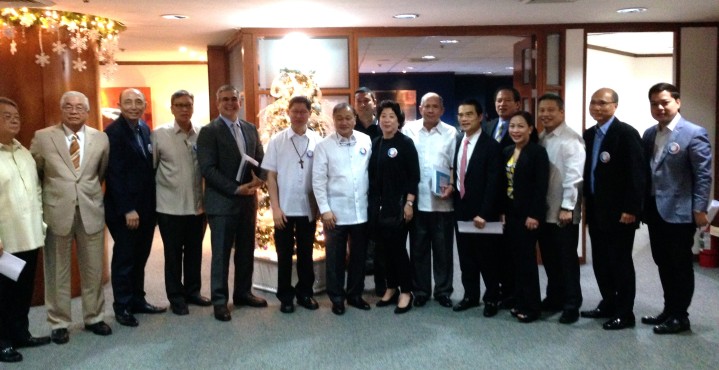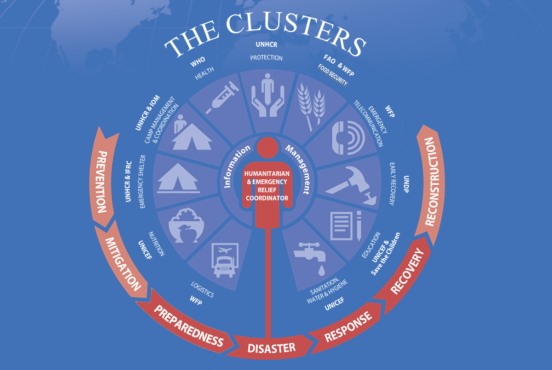Update: Here’s Interaksyon’s coverage of our press conference.
This morning, I joined the Philippine Disaster Recovery Foundation to help announce a new initiative for the private sector and NGO sectors to collaborate together to share relief data, map initiatives and outline capabilities for Typhoon Yolanda, and to lay the groundwork for a national disaster preparedness plan. The PDRF is co-chaired by PLDT and Metro Pacific Investments Corporation Chairman Manuel V. Pangilinan, Ayala Corporation Chairman and CEO Jaime Augusto Zobel de Ayala, and Manila Archbishop Luis Antonio Tagle.
The PDRF will act as a connecting point for the business community with the government, international aid agencies and the NGO community. For the Typhoon Yolanda disaster response, the foundation has identified six sectors for early recovery efforts: Shelter, Livelihood, Education, Environment, Infrastructure, and Water, Sanitation and Health (WASH), which will be focused in the following priority areas:
-Northern Cebu
-Northern Negros
-Northern Panay
-Leyte
-Samar
-Palawan
-Bohol
-Zamboanga City
I’ll be leading the cross sector mapping platform, where we map aid efforts and capabilities across NGOs, government and the private sector along the United Nations Office for the Coordination of Humanitarian Aid (UN OCHA)’s current international humanitarian coordination system of 14 clusters. Two important new channels will be added to the map: citizen groups and citizen reports. There are clusters of large scale, self-organized, citizen groups with access to planes and helicopters and a network of volunteers who quickly mobilize to deploy aid. These groups have been critical in filling the gaps that inevitably emerge in disaster response.
Once the platform is ready, we will be opening a citizen reporting channel via SMS short code where we can begin to more immediately respond to needs by analyzing clusters of verified citizen reports. I’m excited to engage and empower the public to not only help aid groups prioritize aid, but to help add accountability and transparency by tracking and reporting on the status efforts for throughout the relief, recovery and rebuild phase. On the back end, we’re mapping our stakeholder network to receive alerts on verified report clusters, and enabling an SMS and online tasking system to respond to reports.
Right now I’m working on the categorization of aid items with UN OCHA to be able to help standardize the way aid inventories are reported. And then we start the process of asking sectors to share their spreadsheets of delivered and planned aid, capabilities and catchment areas.


